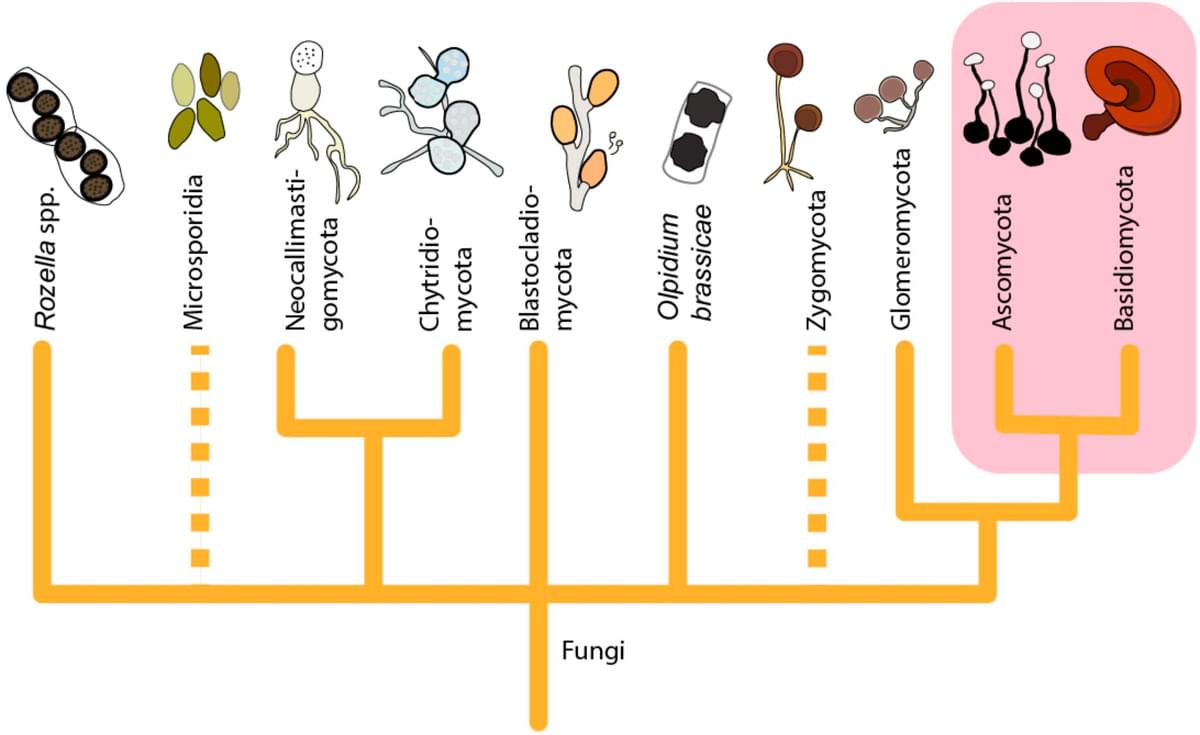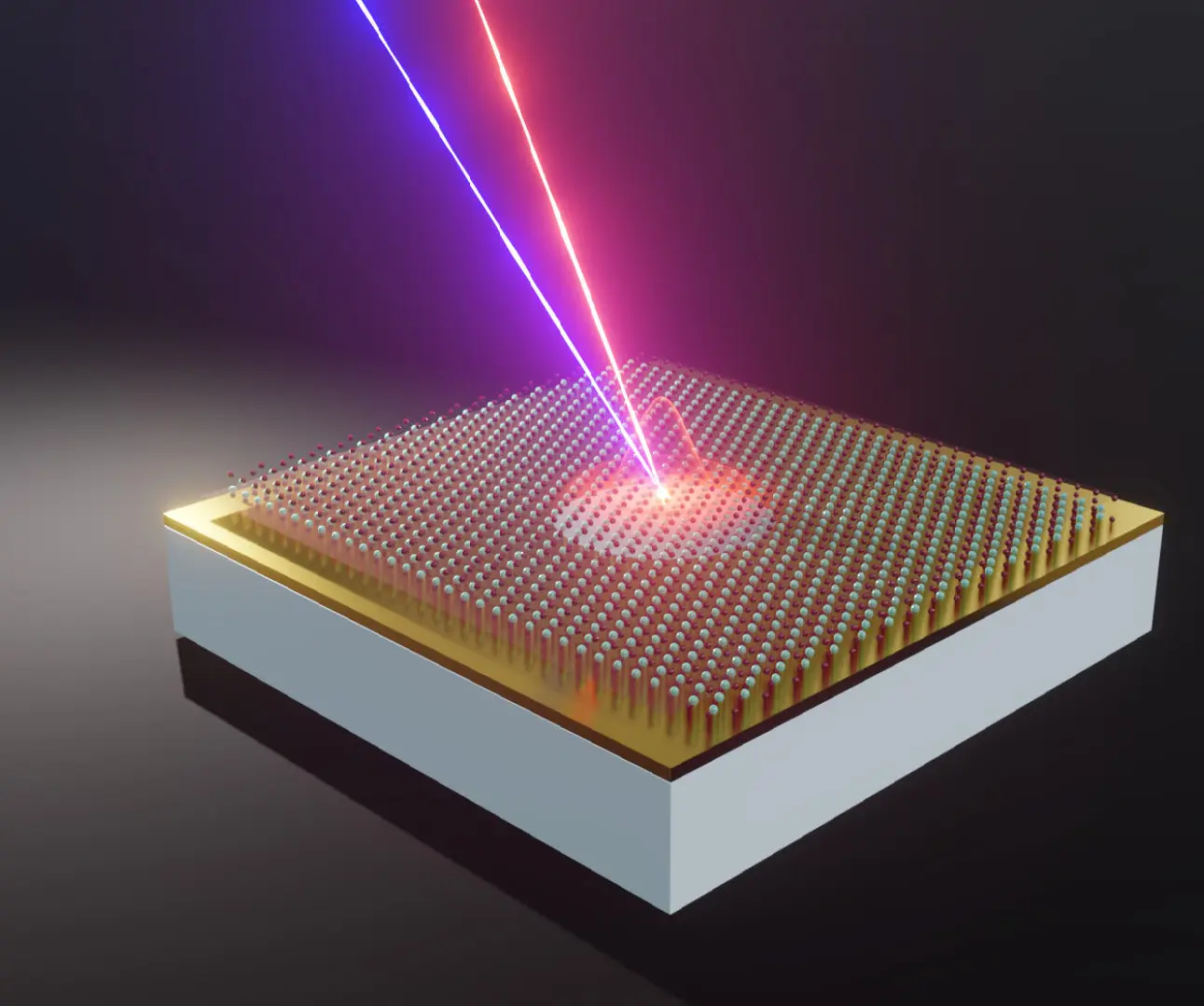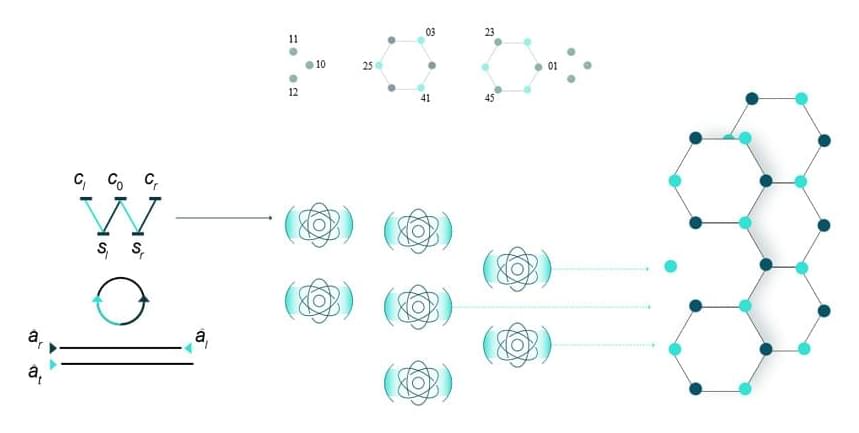Scientists have discovered SB000, a single gene that reverses cellular aging by 13.6 years — matching or exceeding the rejuvenation power of the famous Yaman…
Get the latest international news and world events from around the world.

Alex M. Vikoulov
Big News! My New Audiobook The Intelligence Supernova is Now Live! 🎧 I’m thrilled to announce the release of the audiobook edition of The Intelligence Supernova: Essays on Cybernetic Transhumanism, the Simulation Singularity & the Syntellect Emergence. This project has been incredibly close to my heart—it dives deep into the unfolding convergence of advanced AI, consciousness, and our collective evolution beyond biology. In this book, I explore the concept of the “Intelligence Supernova”—a coming explosion of synthetic and post-biological intelligence that may soon give rise to a planetary-scale mind, the Syntellect. It’s a philosophical and scientific journey that challenges you to imagine what lies beyond the Technological Singularity: digital immortality, mind-uploading, the emergence of infomorphs, and the architecture of a conscious Universe. This audiobook is for futurists, technophilosophers, and all curious minds ready to glimpse humanity’s metamorphic future. If you’re drawn to ideas like cybernetic immortality, experiential realism, or the Omega Point Cosmology, I think you’ll find this work especially meaningful.
Now available on Amazon: Audible: https://www.audible.com/pd/The-Intelligence-Supernova-Audiobook/B0FGZ3JMPM #IntelligenceSupernova #CyberneticTranshumanism #SimulationSingularity #SyntellectEmergence #SyntellectHypothesis #cybernetics #singularity #transhumanism #posthumanism #AGI #superintelligence
Amazon.com: The Intelligence Supernova: Essays on Cybernetic Transhumanism, The Simulation Singularity & The Syntellect Emergence (Audible Audio Edition): Alex M. Vikoulov, Ecstadelic Media Group, Virtual Voice: Books.
Andrew Ng: Building Faster with AI
Andrew Ng on June 17, 2025 at AI Startup School in San Francisco.
Andrew Ng has helped shape some of the most influential movements in modern AI—from online education to deep learning to AI entrepreneurship.
In this talk, he shares what he’s learning now: why execution speed matters more than ever, how agentic workflows are changing what startups can build, and why concreteness beats vagueness when turning ideas into products. He reflects on the rise of AI coding assistants, the shifting bottlenecks in product development, and why, despite faster software, it’s still human judgment and responsibility that will shape what comes next.
Apply to Y Combinator: https://ycombinator.com/apply.
Work at a startup: https:/workatastartup.com.
Chapters:
00:00 — Introduction.
00:31 — The Importance of Speed in Startups.
01:13 — Opportunities in the AI Stack.
02:06 — The Rise of Agent AI
04:52 — Concrete Ideas for Faster Execution.
08:56 — Rapid Prototyping and Engineering.
17:06 — The Role of Product Management.
21:23 — The Value of Understanding AI
22:33 — Technical Decisions in AI Development.
23:26 — Leveraging Gen AI Tools for Startups.
24:05 — Building with AI Building Blocks.
25:26 — The Importance of Speed in Startups.
26:41 — Addressing AI Hype and Misconceptions.
37:35 — AI in Education: Current Trends and Future Directions.
39:33 — Balancing AI Innovation with Ethical Considerations.
41:27 — Protecting Open Source and the Future of AI.


Exercise Improves Anticancer Immunity Through Gut Microbes
Exercise is extremely important, especially if we don’t move around much at work. There are plenty of apps and watches that can tell us when to move and be active. Primary care physicians emphasize exercise as a preventive measure against symptoms of aging. We are told that consistent exercise with a healthy diet is crucial for a high quality of life. As a result, we are all trying new diets and exercise routines to improve our health. Interestingly, there are specific regimens for individuals at different stages of life. Even cancer patients are encouraged to maintain as much of an active lifestyle as possible. However, how much does exercise really affect our health in cancer? Couldn’t we just each healthier?
A research group at the University of Pittsburgh discovered that exercise directly alters gut microbes which improve anticancer immunity. The paper published in Cell, by Dr. Marlies Meisel, Catherine Phelps, and others, demonstrated the mechanism that occurs in the gut after exercising. Meisel is an Assistant Professor in the Department of Immunology at the University at Pittsburgh. Catherine Phelps is a talented graduate student in the Meisel Lab and first author on the publication. Meisel’s research focuses on the mechanisms of the microbiota and its effect on systemic immunity. Specifically, she works to understand the role of the microbiome in the context of cancer and autoimmune disorders to improve therapeutic outcomes.
Previous work in the field demonstrated that exercise improves cancer therapy. Additionally, it was known that exercise changes the gut microbiome, which includes various bacteria that is helpful to the body. However, there was a gap missing between these two findings. Meisel and her team set out to understand how these two ideas were linked. Specifically, they wanted to know how exercise changes the gut microbiome to improve cancer immunotherapy. Catherine and other researchers in the Meisel Lab had mice exercise for four weeks in one group and had another group that did not exercise. When they implanted tumors, they found that the mice that exercised had smaller tumors compared to the no-exercise group. However, when researchers conducted the same experiment with mice that were germ-free or treated with antibiotics to eliminate the gut microbiome, they lost the change in tumor growth.


Globular clusters: The Vera Rubin Observatory is just getting started
Astronomers have studied the globular cluster 47 Tucanae extensively, but still have many questions. It may have an intermediate mass black hole in its center like Omega Centauri is expected to have. There are reasons to believe it may be the remnant of a dwarf galaxy that was gobbled up by the Milky Way, like other GCs. Also like other GCs, its center is extraordinarily dense with stars, and astronomers aren’t certain how far the cluster spreads.
Individual stars in 47 Tuc are difficult to observe because they’re so tightly packed in the center and because they’re difficult to differentiate from field stars on its outer edges. Can the Vera Rubin Observatory help?
Early data from the Vera Rubin and its Legacy Survey of Space and Time (LSST) were designed to test and refine the telescope’s system. But it’s still good quality data, and researchers are using it to not only understand how the Vera Rubin Observatory (VRO) performs, but also for concrete science results.


